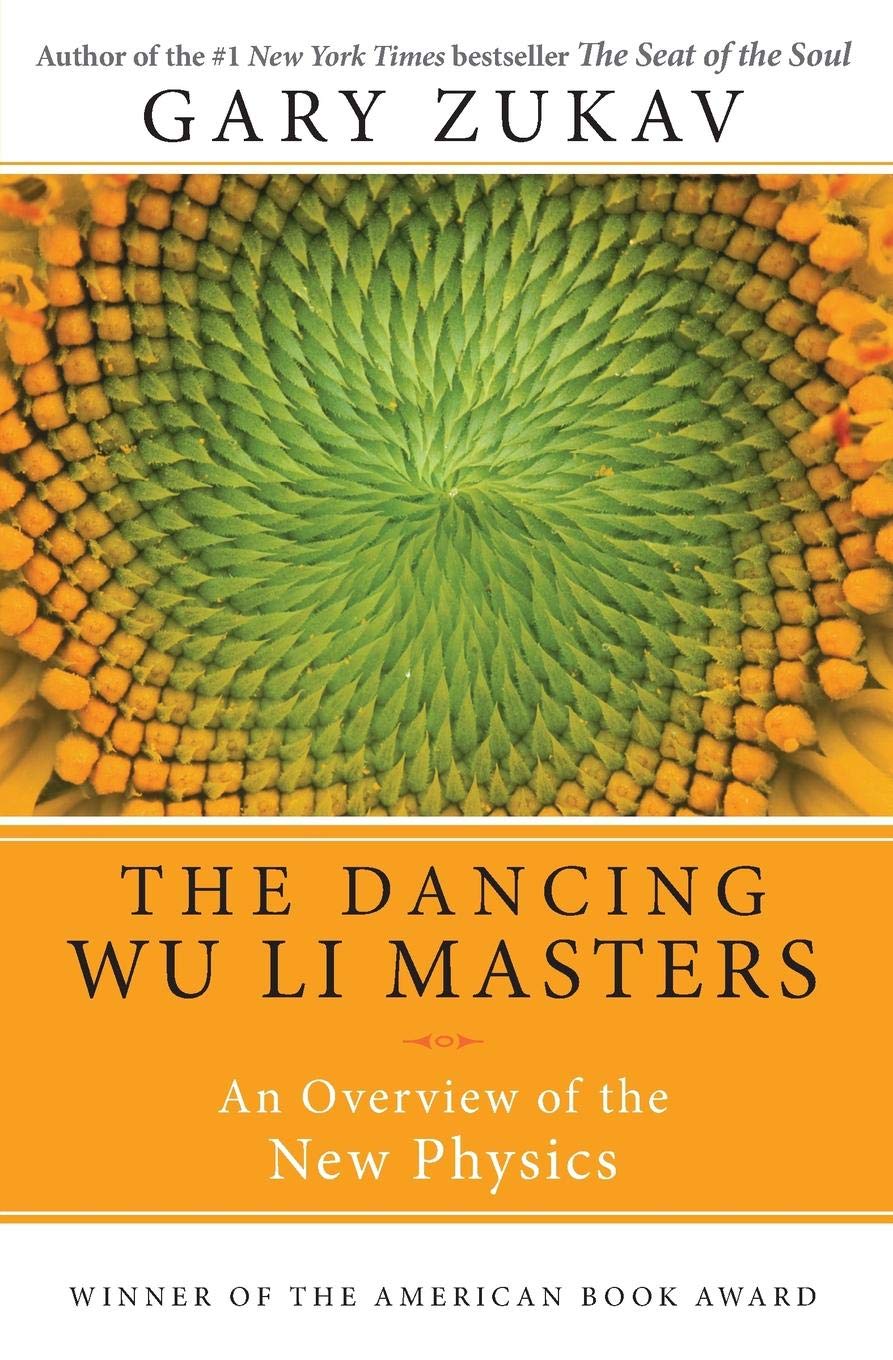



Organic and inorganic (49), Max Planck (52), discontinuous (53), black-body radiation (54), Planck’s constant (56), Albert Einstein (57), Einstein’s theory of the photoelectric effect (58), waves, wavelengths, frequencies, and amplitudes (60), diffraction (63), Young’s double-slit experiment (66), the wave-particle duality (70), probability waves (72). The new physics and the old physics (20), Newton’s physics (22), the Great Machine (24), do we create reality? (30), the myth of objectivity (32), subatomic particles (34), statistics (35), the kinetic theory of gases (36), probability (37), the Copenhagen Interpretation of Quantum Mechanics (40), pragmatism (41), split-brain analysis (42), summary of the new physics and the old physics (44). Physics (3), Esalen (4), Chinese and English (5–6), Wu Li Masters (7), scientists and technicians (10), the sodium spectrum (11–12), Bohr’s model of the atom (14). Introduction to the Perennial Classics EditionĪbout the Publisher Synoptic Table of Contents If you cannot-in the long run-tell everyone what you have been doing, your doing has been worthless. Most of the fundamental ideas of science are essentially simple, and may, as a rule, be expressed in a language comprehensible to everyone.Įven for the physicist the description in plain language will be a criterion of the degree of understanding that has been reached.


 0 kommentar(er)
0 kommentar(er)
